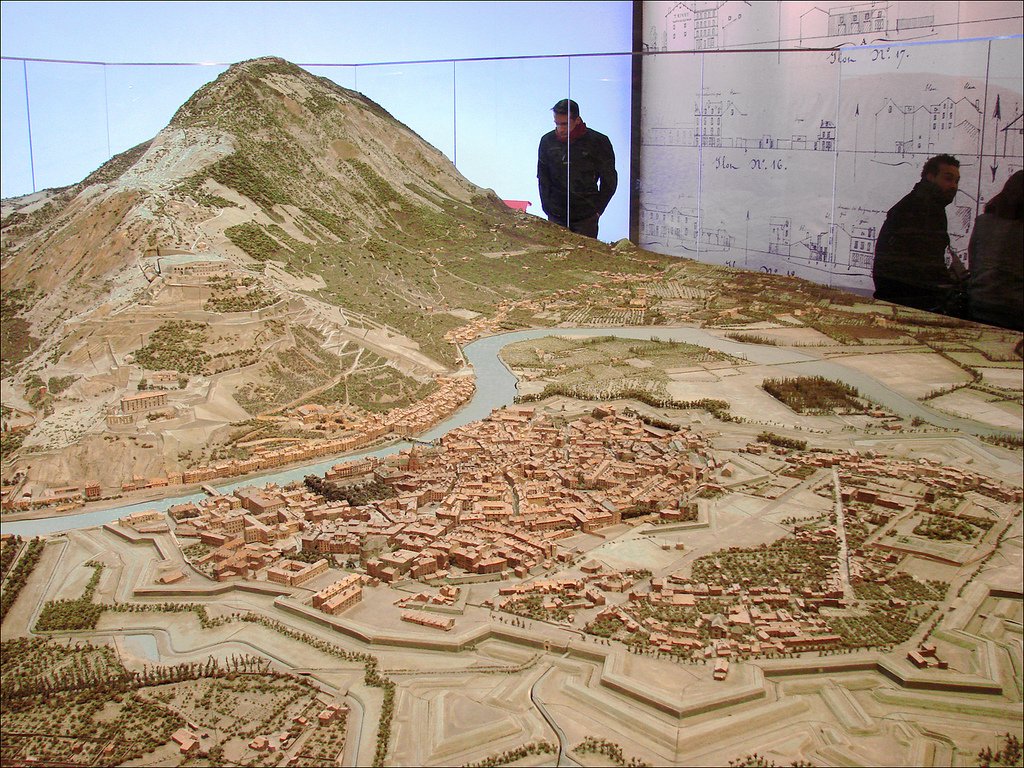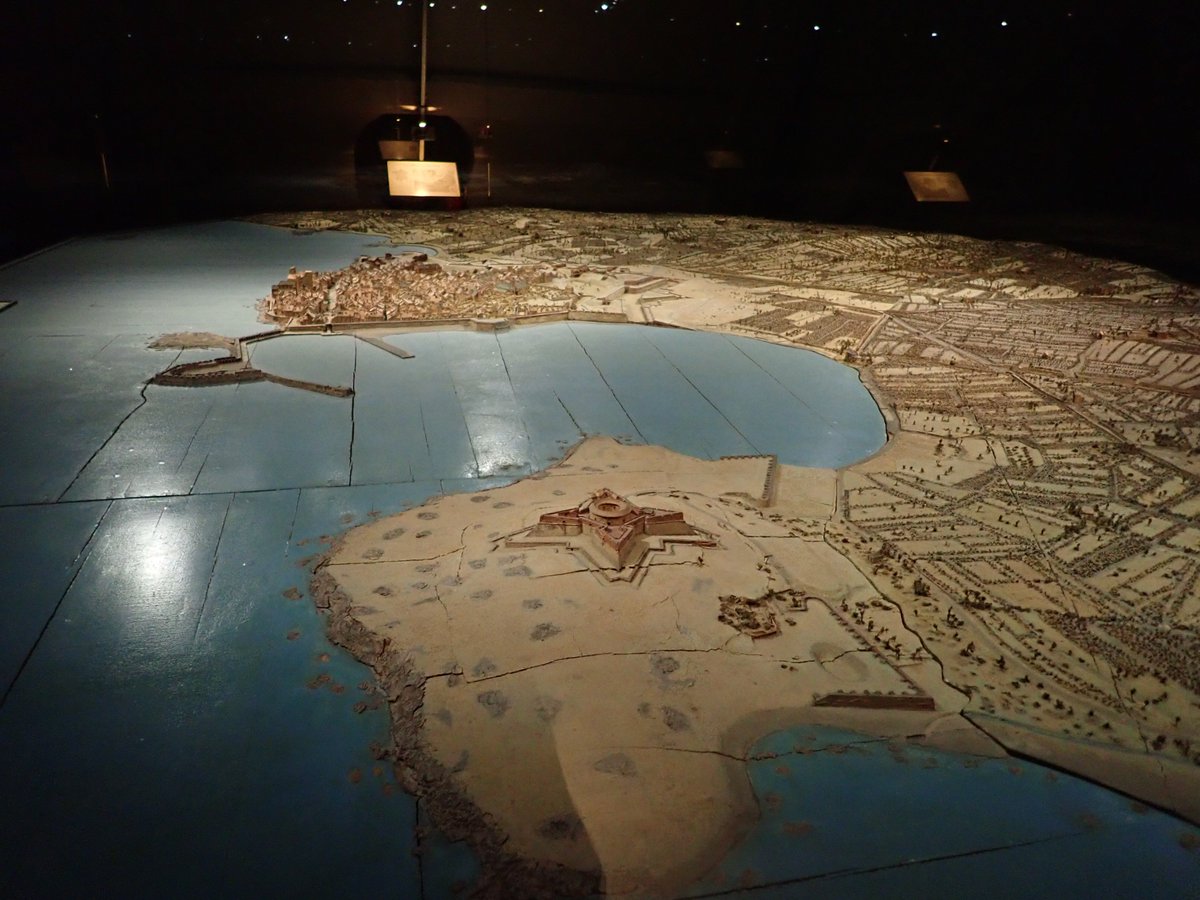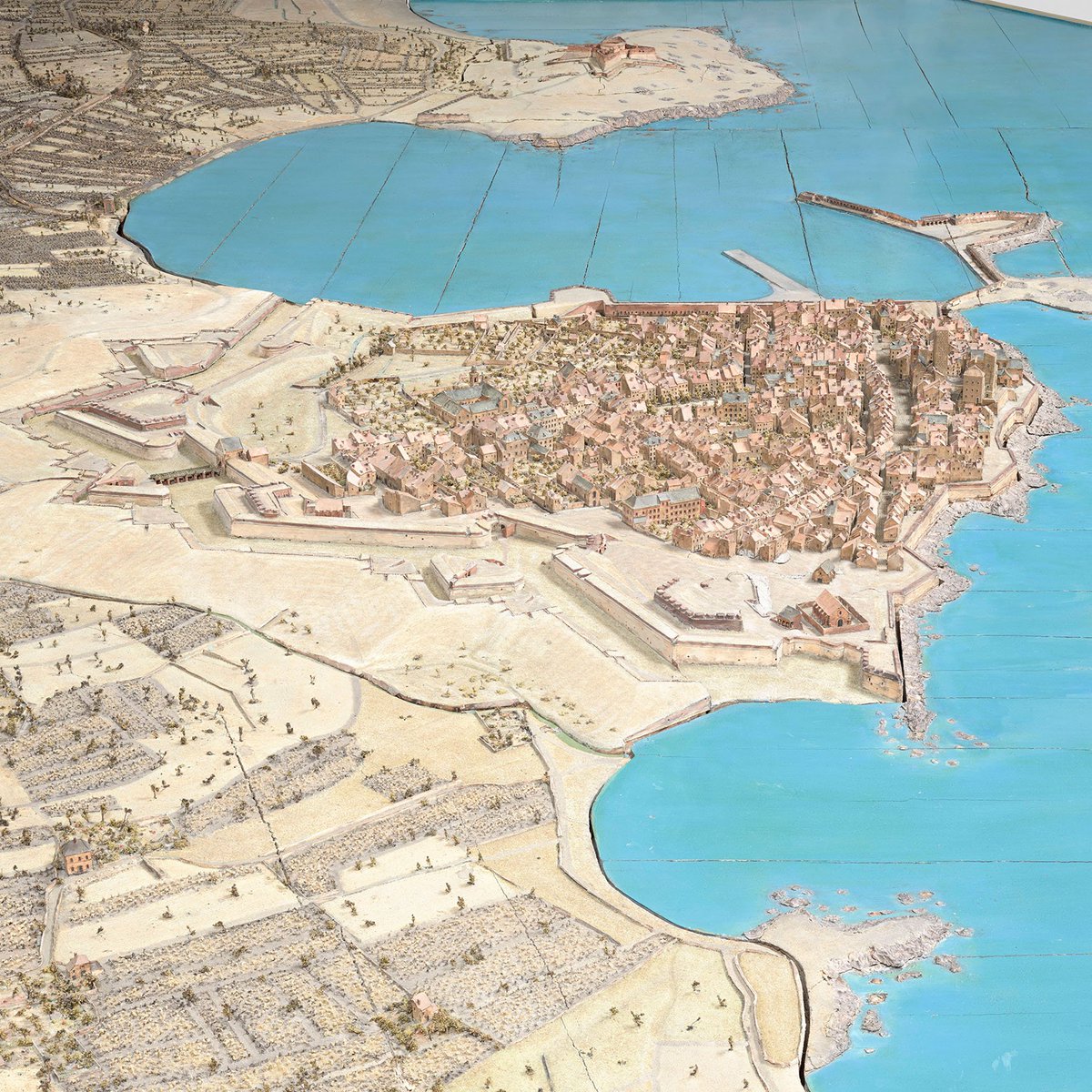Great warriors always learn a lot from defeats. The Swiss learned an important lesson in the battle of Arbedo in 1422 which they lost against the mighty duchy of Milan. Now a largely forgotten battle, it was crucial to Swiss developing and refining their warfare tactics. 


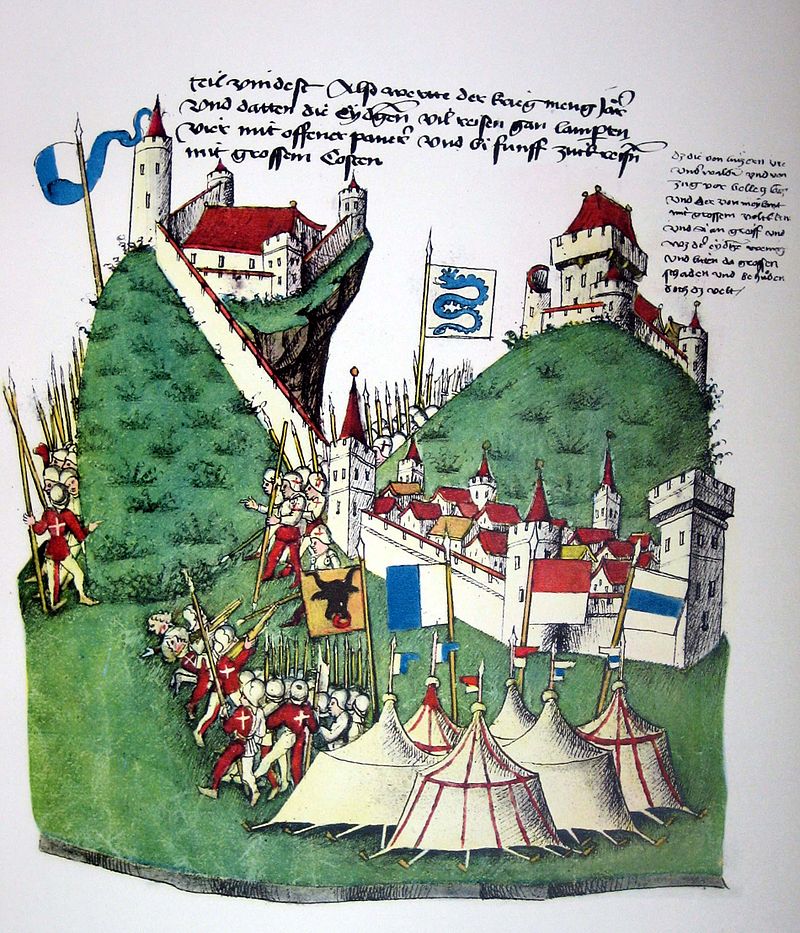


As the might of the Old Swiss Confederacy grew, the Swiss conducted campaigns over the Alps and clashed with the interests of the powerful Duchy of Milan. This led to many engagements, including the battle of Arbedo near Bellinzona in 1422. 


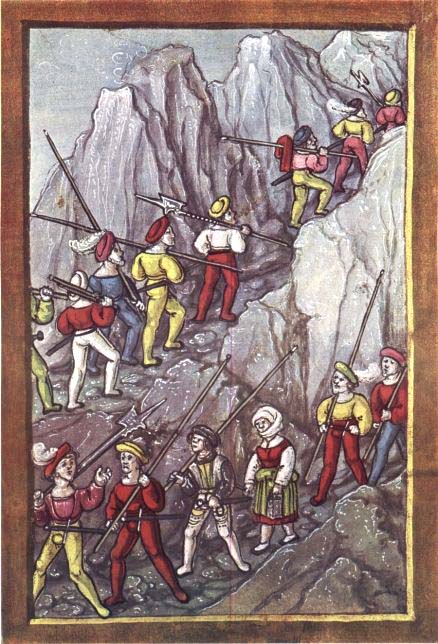
At the time the Swiss were already hardened and well respected as an infantry force, having successfully fought off the Habsburg knights and established their de facto independence. However they were not yet the invincible pikemen force they would be at the end of the century. 


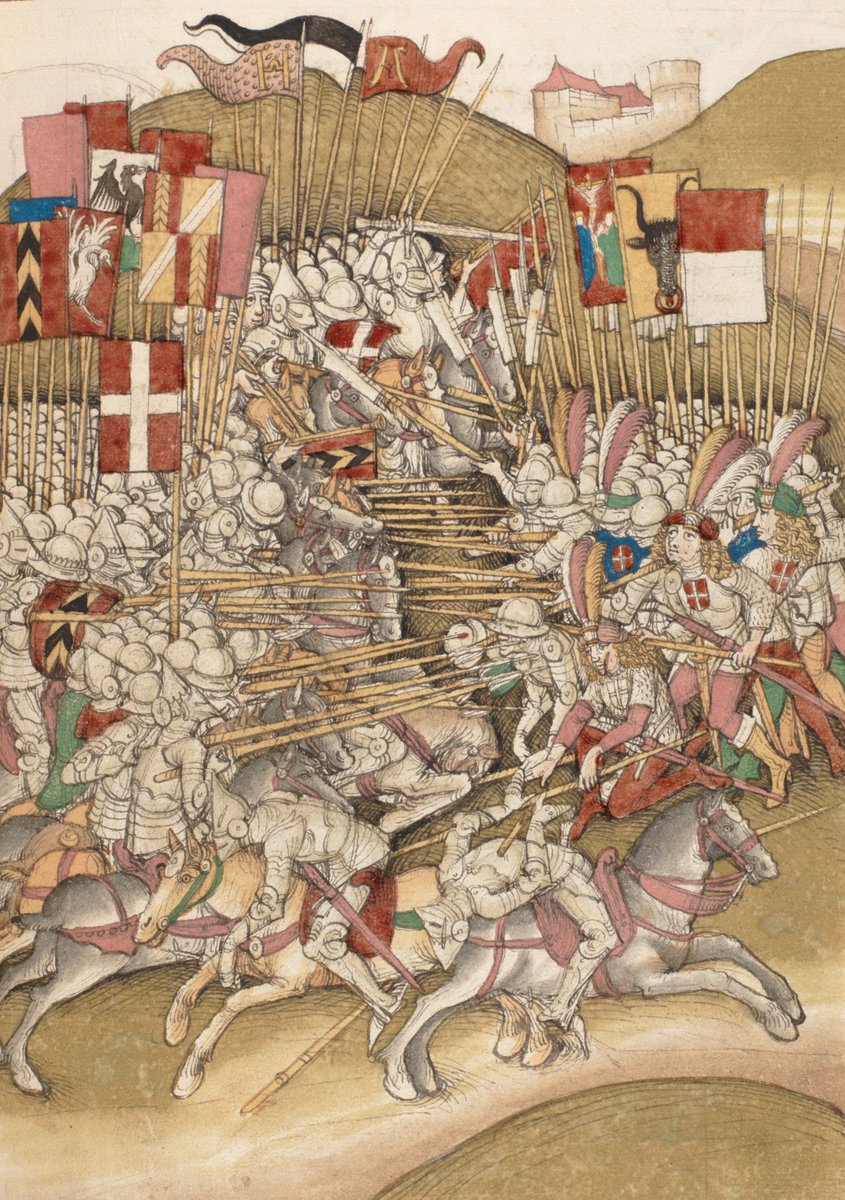
At Arbedo, a very experienced Italian mercenary captain or condottiero awaited them - Francesco Bussone, Count of Carmagnola! He was a true man of war who rose from humble origins as a mercenary, now employed by the illustrious Visconti family of Milan to crush the Swiss! 



The Milanese mercenary army was well trained and equipped, relying on mercenary men-at-arms and crossbowmen. They charged at the Swiss with the cavalry but the disciplined Swiss armed with their favorite pole arm weapons managed to defend against the charge of mercenary knights. 


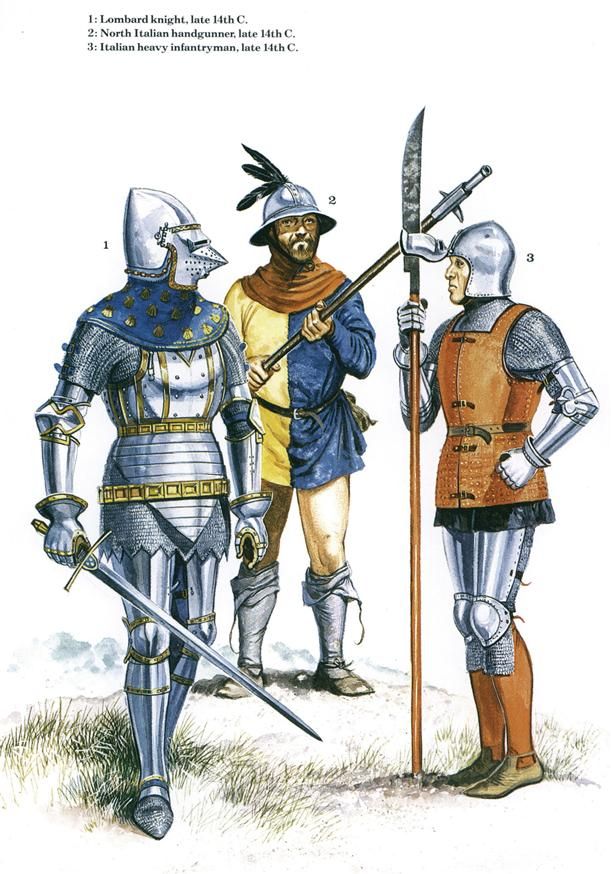
It looked like the battle would go the Swiss way, but Count of Carmagnola was a very clever commander who could adapt on the spot. He instantly ordered his knights to dismount and face the Swiss as an infantry, using their lances as improvised pikes! He also employed crossbowmen. 



Carmagnola made his crossbowmen fire the Swiss from the flanks while he made his knights march forward in a tight infantry formation with their lances. In a melee that followed, the Swiss noticed their shortcomings. At the time, they had too many halberds and too few pikes! 



While the Swiss already used pikes, they were not as pikemen-heavy infantry force as they would become later, and still relied on the more wieldy and maneuverable halberds more. But in a melee that followed, the halberds were outranged by the lances of Milanese mercenary knights! 



The Swiss were basically "out-swissed" by the Milanese, who use improvised pike tactics against Swiss halberds. On top of that they were shot at by crossbowmen from the flanks. The battle was turning out to be a total disaster for them! They were soundly defeated. 

The defeat would have been much worse for the Swiss if it wasn't for a band of foragers that appeared in nearby forest which the Milanese mistook for Swiss reinforcements and backed off, giving the Swiss time to retreat in peace and escape being cut down by victorious Milanese. 

The Milanese gained control of Bellinzona, Leventina and Val d'Ossola while the Swiss returned home, learning an important lesson. After this defeat they increased the number of pikes relative to halberds for a style of warfare that would depend on pikemen even more. 

While the halberds remained and important weapon for the Swiss to bring support to the pikes, the lesson at Arbedo showed them that pikes were the crucial element to their war tactics, which started the rise of the famed Swiss pikemen as a deadly infantry force in Europe! 



• • •
Missing some Tweet in this thread? You can try to
force a refresh


